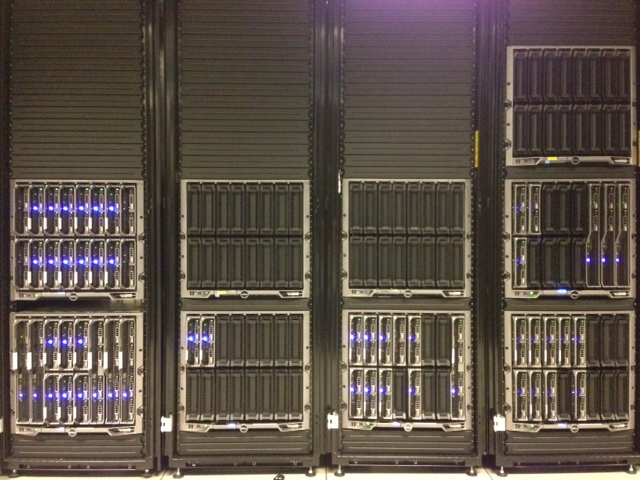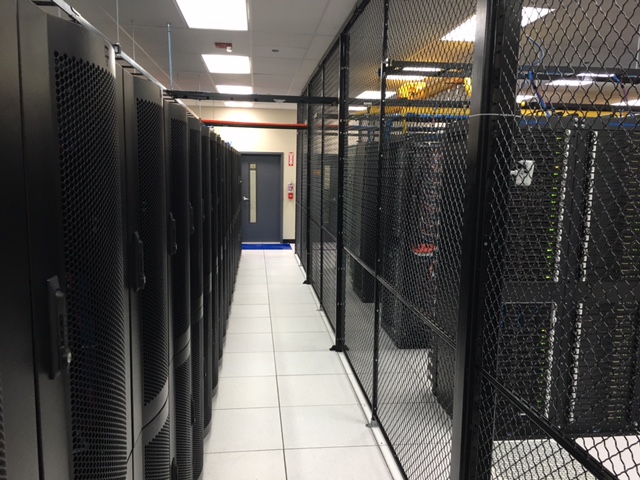
One design problem that usually obtains ignored when producing an information facility is constructing in or restoring an existing building. There are some certain as well as distinct physical needs, as well as barriers, that you require to address initially before going into the structure stage. Developing a web server area or an entire information center in a currently heavily-populated area comes with a variety of problems, but they’re not impossible to conquer. Right here are 10 standard standards to assist obtain you started:
1. Keep in mind that, according to TIA-942, cables have to be gone to accommodate growth so that you do not have to review your horizontal. Confused by their wording? All this means it that you require to lay cord according to your demands today as well as what your needs could be in the future. So you’ll most likely want to cable television for rates that will likely be used in the next 10 years. A 10 Job system will most definitely be really active during that time.
2. Check out regional codes regarding abandoned cable television. More than likely, in order to be compliant, you’ll require to have actually all abandoned cords got rid of. It would be best for you to have all cords out of the way prior to you begin adding your own anyhow. Nevertheless, a lot more cords suggests more restricted air circulation, which can make cord company a catastrophe, and also the security threat if there’s ever a fire.
3. Make certain you contact your information carrier initially to ensure that they will have the ability to run conduits that will accommodate your needs. It can be an extremely expensive headache if you need to go back and also pay to have added channels drilled/built, for instance, under existing streets.

4. Explore neighborhood legislations and also codes relating to fire reductions and particular cable television layer needs. Does the cable television demand to be limited flammable? Does it require to be run in special conduits?
5. Heating and cooling needs in your server area are constantly crucial. Examine to see what HEATING AND COOLING demands you have. Depending on your server kind, the requirements might significantly raise, click to read dataroom-reviews here.
6. Although it may not be something you think about initially, seismic task as well as flooding are constantly feasible. Check for local building criteria as well as codes.
7. You’ll possibly desire a redundancy choice. Make certain and also check with your local power company to see what they use.
8. Something to constantly think about is how easily accessible your location will be to the local fire department as well as fire hydrants. Hydrants should be close, and the fire department should not have to go across railroad tracks to get to your structure. Why? Due to the fact that it will most likely make your insurance coverage rates increase.
9. Check the physical safety and security of the structure. For instance, are you mosting likely to need to add obstacles on one side of your building beside the road to prevent people from accidentally driving straight into your web server area? What are your safety options?
10. Keep floor loads in mind. Quite often high rise structures can not sustain very heavy loads, like big data center equipment, without expensive architectural modifications and fortifications.
